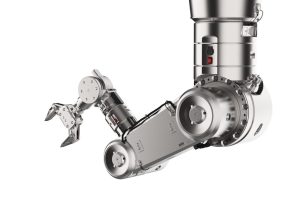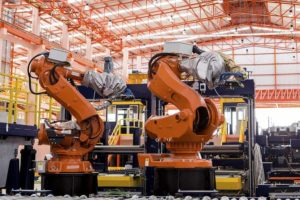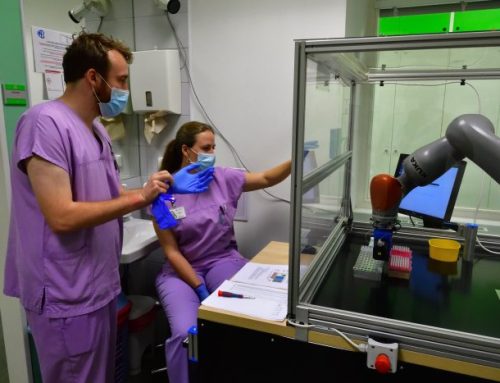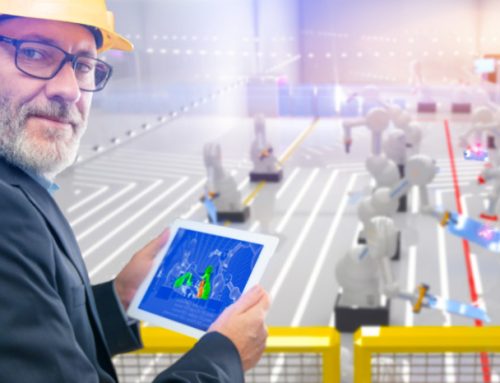Robotics and computer vision
25. 2. 2020
The robot is a tireless, precise and perfect helper that can save us work and help with various activities. This is different from mere single-purpose machines. But even a robot usually has limitations in the form of zero knowledge of the world around it. That is why the connection between robotics and computer vision is important. Do you know what you can gain with it?
What is a robot?
The term robot became known all over the world thanks to a play by Karel Čapek called R.U.R. The inventor Josef Čapek invented it and advised his brother Karel. The robot is a tireless system of gears and motors, which together form a universal machine programmable to perform a variety of activities. This makes the robot an invaluable human helper. In this article, we will focus mainly on industrial robots, automatic devices with handling capabilities that can perform their work autonomously. However, there is often one major problem with these devices. What is it?
The fundamental problem of robots
The robot is tireless and precise, but unlike humans, it usually has no idea what is around it. One must create an unchanging environment for it that will not prevent it from performing its activity. The robot itself has no information about the world around it and the changes that have taken place in it. It doesn’t care if an object, a wall or a person prevents it from working. This is what limits its complete autonomy. However, the solution is easy.

Open the robot’s eyes
A robot that is not largely autonomous is still only a very limited helper. For example, it cannot grab a randomly placed object and perform any action with it. It needs to see the object, and computer vision can help it to do that. It is used to detect, segment, describe and recognize objects in 2D and 3D images. However, its use is much wider, for example it can model objects for quality control of production in industry or analyze medical images. However, even this has its obstacles.
Obstacles to computer vision
The first obstacle is mainly the loss of information when shooting with the camera. The camera captures the 3D world as a 2D image from which the three-dimensional space needs to be reconstructed. This is usually done with the help of multiple images, each capturing space at a different angle. Reconstructing the 3D world is the most challenging thing in computer vision. Other obstacles to vision are reflections of shiny surfaces, movement of objects or noise. The robot has to deal with all this, for example, when it detects the position of defective products on the conveyor and removes them. All this must be taken care of by the flawless interaction of the robot and the camera, i.e. computer vision.

Efficiency of using robotic systems
In addition to sorting products from conveyors, the cooperation of robotics and computer vision can also be used effectively in defect detection, welding, soldering, drilling, milling, palletizing, product measurement, pick and place tasks and bindpicking – picking randomly stacked products from a box. The accuracy of the robot approaching to a certain position is adjusted to a precision of one hundredth of a millimeter using computer vision. The deployment of robotic systems clearly leads to improved production quality, shortened production times, increased performance and productivity.
Do you want to improve the quality of production and its efficiency with the help of a robot and computer vision? Contact us.






